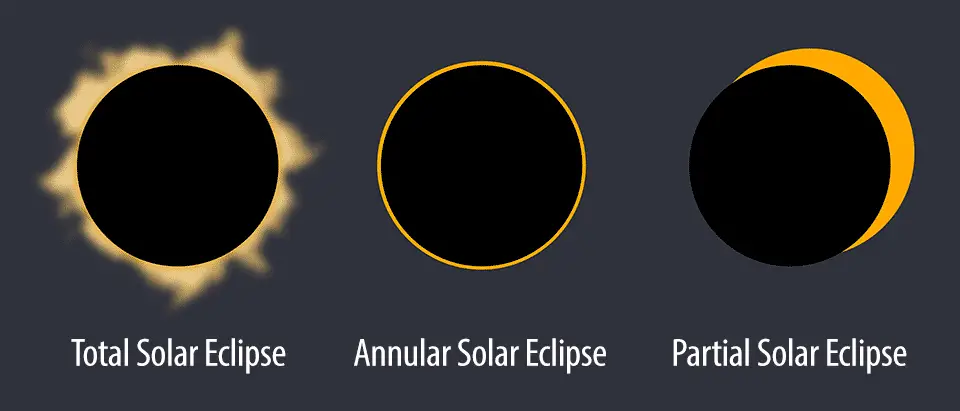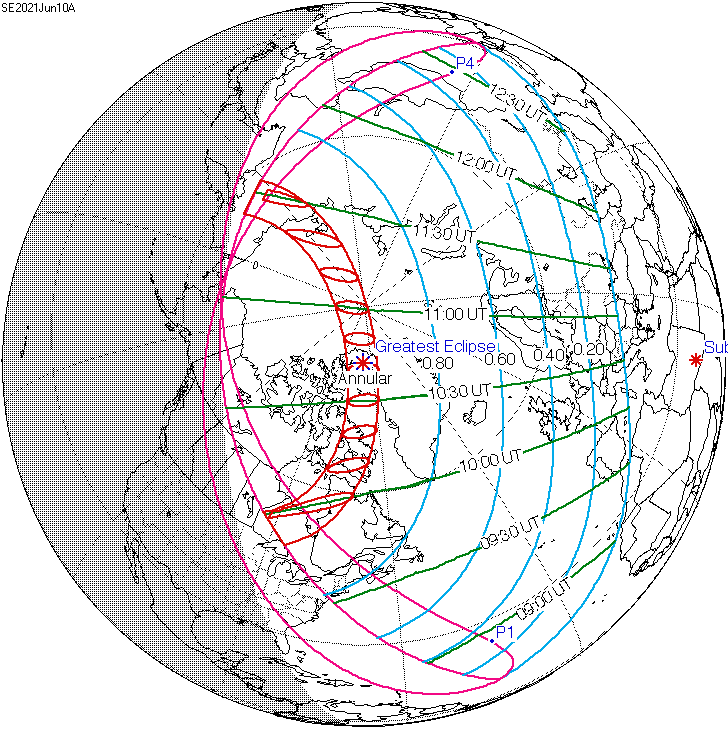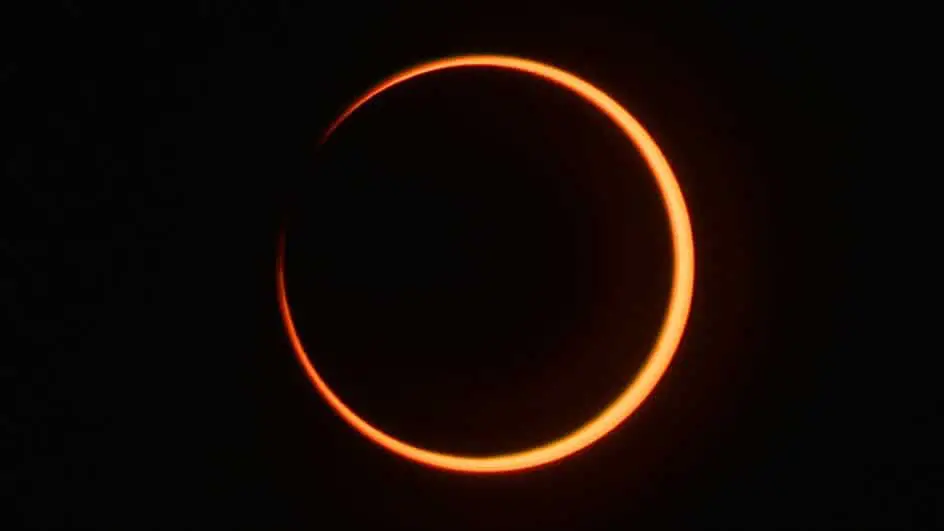Alright!!! Are you an eclipse aficionado? If yes, the treat is on your way. This summer we have two eclipses. The first one, the total lunar eclipse that just occurred on May 26. The second one, the annular solar eclipse that will occur on June 10, 2021.
This celestial event will be visible from some places, and from some, it won’t. WHY? Well, don’t worry, we will talk about this in the later section. Before going ahead, let me give you a brief review of the definition of an annular solar eclipse.
I mean, I want you to know that why this solar eclipse of 2021 is an annular one, why not the total solar eclipse or the partial one? Let’s get into what that means, and what we need to know about it.
Editor’s Choice: Why my top 6 Lunar Eclipse Facts are BETTER than Yours?
Did You Know?
Did you know that a solar eclipse always occurs within two weeks after the occurrence of a lunar eclipse? For example, in the month of May-June 2021, we had a total lunar eclipse on May 26 and we have an annular solar eclipse on June 10, 2021.
This pair of eclipses will again happen in the month of November-December 2021. Such that, we have a partial lunar eclipse on November 19 and we have a total solar eclipse on December 4, 2021.
What is an Annular Solar Eclipse?
An eclipse of the sun occurs when the moon comes between the sun and the earth. Therefore, obstructing the sunlight from falling on the surface of the earth. And, when that happens, the sun gets darker, we call this phenomenon an eclipse of the sun.
An annular solar eclipse occurs when the moon does not block out the sun’s disk entirely. In other words, it only covers the central part of the sun’s disk, leaving the sun’s outer edge to form a thin ring of fire.

And, for that to happen, the moon has to be near its apogee i.e the farthest distance of the moon from the earth. Additionally, the magnitude of the eclipse is always less than 1 during the occurrence of the annular solar eclipse.
Apart from the annular one, there are three more types of solar eclipses. These are total solar eclipse, partial solar eclipse, and, hybrid solar eclipse. To know more about them, you can check this article.
Editor’s Choice: Difference Between Solar and Lunar Eclipse (Tabular Form)
Did You Know?
Did you know that only on a new moon day, a solar eclipse can occur? In a similar way, only on a full moon day, a lunar eclipse can occur!!!
When, Where, How to See the Annular Solar Eclipse 0f 2021?

Just because of the fact that the earth is round, when half of the planet is living in the darkness, at the same time, the other half is enjoying the daylight.
Therefore, as a result of the earth’s curvature, of course, the earth’s tilt, this eclipse of the sun will be visible only from some specific countries.
Visibility of Annular Solar Eclipse of June 10, 2021
The visibility of the ring of fire that occurs on June 10, 2021, will solely depend on the fact that where on the earth you reside. (Refer to the above image for proper understanding).
As far as the visibility is concerned, much of Europe, Asia, and North America, Atlantic, Arctic regions will witness at least a partial eclipse. Some parts of northeastern Canada, the far east of Russia, and Greenland will witness an annular eclipse.
Not to mention, major global cities like New York, Washington DC, London, and Toronto, will see a partial eclipse, with New York to witness more than 70 percent coverage of the Sun.
Must Read: Full Moon Calendar 2021 (Dates & Names – Southern Hemisphere)
Talking about my home, this annular eclipse of the sun will not be visible from India. However, this celestial event could be visible via a live webcam from some parts of Ladakh and Arunachal Pradesh.
Did You Know?
Did you know that a solar eclipse normally occurs somewhere between 2 to 5 times a year?
In fact, as per the available astronomical writings of the past century, the earth encounters an average of 2.4 eclipses of the sun every year.
Timing of Annular Solar Eclipse of June 10, 2021
According to EarthSky, this “ring of fire” eclipse starts sharp at 10:43:07 UTC in Ontario, Canada (on the north side of Lake Superior). Then the path circles across the northern reaches of the globe.
Midway along the path, the greatest eclipse occurs at local noon in northern Greenland. Thereafter, the annular eclipse path swings by the Earth’s North Pole, ending at sunset over northeastern Siberia.
Check Out: Hindu Full Moon Calendar 2021 (Purnima Dates, Names & Moon Sign)
In total, the duration of this celestial event will be around 3 minutes and 51 seconds. Well, if I talk about this eclipse on a worldwide scale, the annular eclipse will last for about 100 minutes.
Additionally, the magnitude of the annular solar eclipse of June 10, 2021, will be 0.94350 i.e 94.35%. On the other hand, the moon will be able to obscure 89.019% of the Sun’s diameter.
Safety Issue
Is it safe to look at the solar eclipse without special glasses? Well, in my view, it’s a BIG NO. You should never try to look directly at the solar eclipse.
However, if you really wanna take a look directly at this celestial event, you should definitely wear protective eyewear or special eye to protect your eyes. WHY???
Because the intensity of light released during any type of solar eclipse can severely damage your eyesight. Not to mention, it is perfectly safe to look directly at any type of lunar eclipse.
At last, I wish you good luck with this epic sun gazing. And, do let me know about your astonishing experience in the comment section.
Editor’s Choice: Top 6 Solar Eclipse Facts in SIX Minutes
That’s it for this post. If you like this article, share it if you like, like it if you share it. You can also find us on Mix, Twitter, Pinterest, and Facebook. Hey man, If you have come this far, do give us feedback in the comment section. It would make my day. You can also make a donation. Your donations will help us to run our website and serve you BETTER. Cheers!!!
